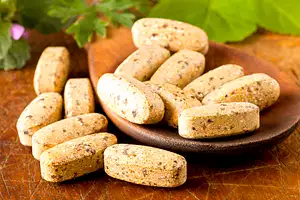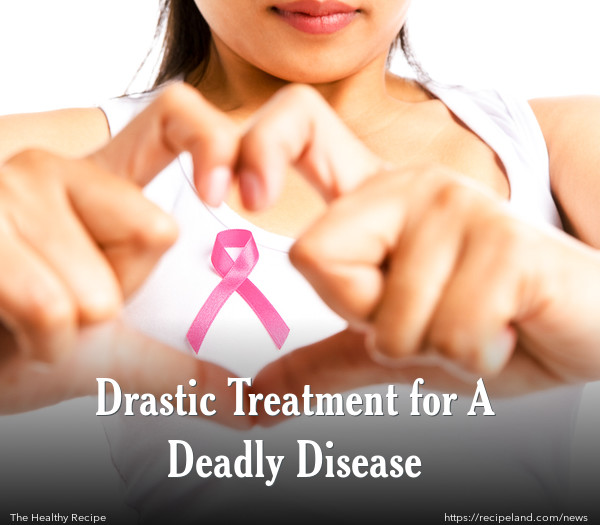The idea of undergoing a double mastectomy in order to avoid the development of breast cancer was recently brought into the public eye by American actress Angelina Jolie. In February 2013, Jolie underwent a preventive double mastectomy due to her family history of breast cancer and her high genetic risk of developing this deadly disease.
During this procedure, both of her breasts were removed, lowering her risk of breast cancer from 87 percent to approximately 5 percent. Women who undergo a preventive double mastectomy do not completely wipe out their risk of developing breast cancer. A small amount of breast tissue remains after the surgery is complete which could become cancerous.
There are two types of preventive mastectomy: subcutaneous mastectomy and total mastectomy. According to the United States’ National Cancer Institute, “In a subcutaneous mastectomy, the doctor removes the breast tissue but leaves the nipple intact. In a total mastectomy the doctor removes the entire breast and nipple...Doctors most often recommend a total mastectomy because it removes more tissue than a subcutaneous mastectomy. A total mastectomy provides the greatest protection against cancer developing in any remaining breast tissue.”
Many questioned the wisdom of Jolie’s decision to undergo such drastic treatment to prevent breast cancer. However, because Jolie is a carrier of mutations of the BRCA1 and BRCA2 genes and her mother died at the age of 56 due to breast cancer, she is considered to be at high-risk for the development of this deadly disease.
In general, one out of every 17 Singaporean women, or 6%, will be diagnosed with breast cancer. Currently, preventive mastectomies are only being performed on Singaporean women who carry the BRCA1 or BRAC2 genetic mutation.
Dr. Hong Ga Sze, Head and Senior Consultant of the the KK Breast Cancer Center at the KK Women’s and Children’s Hospital points out, “Carriers of mutations in the BRCA1 or BRCA2 genes have more than a 50 per cent risk of developing breast cancer in their lifetime. When that mutation is detected, our recommendation would be to perform a preventive double mastectomy, usually when the women is in her 30s.”
Before undergoing a preventive mastectomy, a woman should go through breast screening. This screening involves a mammogram, an ultrasound, and a MRI of the breast. Breast screening will show if any cancer is already present and developing within the breast tissue.
Many women follow their preventive mastectomy with reconstructive surgery to rebuild the shape of the breast. This surgery can be performed at the time of the mastectomy or at a later date. There are two types of reconstructive surgery available. One involves inserting a saline or silicone implant under the skin. The other type of reconstructive surgery uses skin, fat, and muscle from the woman’s body to recreate the breast shape. The surgeon performing the surgery will determine which type of surgery is best for each woman.
Do you know your risk for developing breast cancer?
According to Singapore’s Health Xchange, you are at high risk if:
-You are older than 40.
-A close relative hasbreast cancer.
-You have used hormone replacement medications for more than 5 years after menopause.
-Breast biopsies have shown abnormal results.
-You had specific radiotherapies to treat lymphoma.
Even though it is important to be aware of risk factors, Dr. Hong points out,”Women must bear in mind that breast cancer can affect anyone at any time, even in the absence of high risk factors.” Women should be performing monthly breast self-examinations. Women over the age of 50 should also have yearly breast examinations performed by a medical professional and a mammogram every two years.
Be proactive to avoid the development of this deadly disease. Don’t wait to begin screening or seek treatment until you find a lump in your breast or develop other symptoms.
SOURCES: https://www.healthxchange.com.sg/healthyliving/womenhealth/Pages/Breast-Canc…
https://www.healthxchange.com.sg/healthyliving/SpecialFocus/Pages/Breast-Cancer-Symptoms-and-Risk-Factors.aspx
https://www.cancer.gov/cancertopics/factsheet/Therapy/preventive-mastectomy










Comments